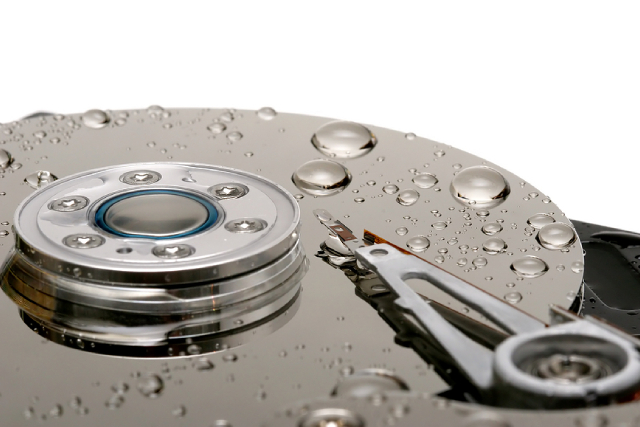What Is Data Recovery? A Beginner's Guide
Data is one of the most valuable assets in the digital age. Whether personal photos, business documents, or financial records, we rely on data to store, share, and analyze information. However, data is also vulnerable to lose, corruption, and theft, which can cause significant harm to individuals and organizations. That's where data recovery comes in - retrieving lost, damaged, or deleted data from various storage devices, such as hard drives, solid-state drives, memory cards, USB drives, and cloud servers. This post will explore what data recovery is, how it works, and why it's crucial.
What is data recovery?
Data recovery is salvaging data from damaged, failed, or inaccessible storage media. Data recovery aims to retrieve as much data as possible, including files, folders, partitions, and entire drives, and restore it to a usable state. Data recovery can be made by software tools, hardware devices, or professional services, depending on the type, cause, and severity of the data loss.
How does data recovery work?
The data recovery process typically involves the following steps:
- Diagnosis: The first step in data recovery is determining the cause and extent of the data loss. This may involve physical inspection, diagnostic tests, or software scans of the storage device.
- Recovery plan: Once the diagnosis is complete, the data recovery specialist or software will develop a recovery plan that outlines the methods, tools, and timelines for retrieving the data.
- Recovery execution: The next step is to execute the recovery plan, which may involve repairing the storage media, cloning the data, or searching for lost data through algorithms and data patterns.
- Verification: After the data is recovered, it is verified to ensure its integrity, completeness, and accuracy. This may involve checking file signatures, comparing checksums, or performing file system checks.
- Delivery: Finally, the recovered data is delivered to the customer, either by transferring it to a new device or storage media or by providing access to it through a secure portal or platform.
Why is data recovery important?
Data recovery is important for several reasons:
- Business continuity: In case of a data loss event, such as a hardware failure, cyberattack, or natural disaster, data recovery can help businesses resume operations and minimize the impact on their customers, employees, and partners.
- Personal data protection: Data recovery can help individuals recover their personal data, such as family photos, important documents, or sentimental files, that they may be unable to replace or reproduce.
- Legal compliance: Some industries and organizations are required by law to maintain and protect certain types of data, such as financial records, medical information, or customer data. Data recovery can help them fulfill their legal obligations and avoid penalties or fines.
Conclusion
Data recovery is critical to modern digital life, as it helps us protect and recover our valuable data from various threats and risks. Whether you're a business owner, an IT professional, or an individual user, it's essential to understand the basics of data recovery and the available options for data recovery software, hardware, and services. By taking proactive measures to prevent data loss and having a data recovery plan in place, you can minimize the impact of data loss and safeguard your digital assets.



